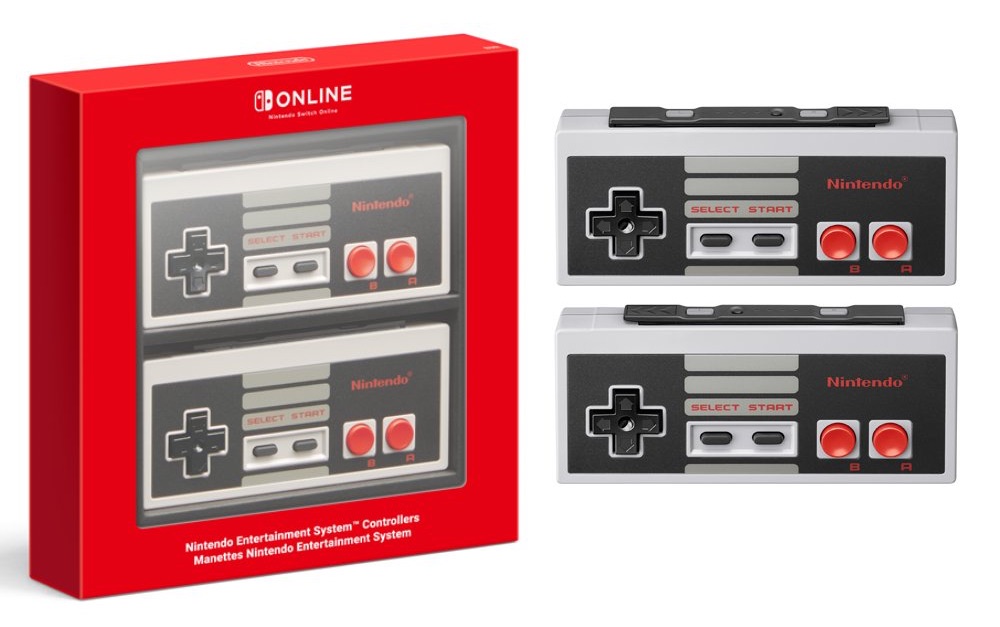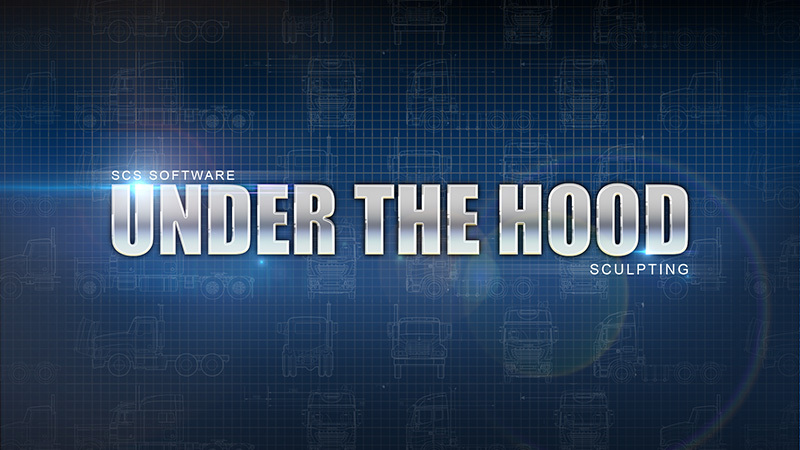Masayuki Uemura spent 32 years as an engineer at Nintendo, the place as supervisor of the hardware-focused R&D2 division, he oversaw manufacturing of the NES and SNES and watched the corporate rise to an virtually mythological place within the video game business.
He’s spent the final 15 years as a professor on the Ritsumeikan University in Kyoto, attempting to determine the way it all occurred.
“Initially I intended to develop this console for the Japanese audience, but then it ended up becoming a global phenomenon,” he informed attendees of a chat on the National Video Game Museum in Sheffield. “That’s why I’m studying play culture. I get to find out why Nintendo became so popular.”
Nintendo wasn’t the primary firm to show Japanese telly interactive. That distinction goes to Epoch, the toy producer that bought TV Tennis units in 1975. Epoch beat Atari’s Home Pong to the market by a number of months with a protracted, purple chunk of plastic that linked wirelessly by way of antenna, and supplied numerous hours of extraordinarily fundamental forwards and backwards throughout a black display.
It didn’t promote very nicely, however Uemura, ever the engineer, took the factor aside and inspected the elements. The Japanese console market had been born.
Uemura attributes Nintendo’s preliminary console success to Space Invaders fatigue. Taito’s Earth defence game had dominated arcades since 1978, and toy firms had competed to promote handheld space-invading gadgets to youngsters. Into this crowded market, Nintendo launched Donkey Kong on the Game & Watch – a tiny, multi-screen system that these days bears a placing resemblance to the DS.
Mario’s debut, which had already proved successful within the arcades, was completely different sufficient from Space Invaders to ascertain Nintendo as an innovator. Its animated movement appealed to Japanese youngsters in the identical method as ‘moveable manga’, the primary wave of anime. And it taught Nintendo an essential lesson.
“One of the challenging things about the toy industry is that children easily get tired of them,” Uemura says. “So we cannot treat them with the same game over and over – we have to come up with something new.”
Nintendo’s place was shortly threatened, nevertheless, by a fast-changing business – a typical theme in its subsequent historical past. Even because the Game & Watch grew to become successful, America was making ready for the rise of the PC. Market saturation had led to the video game crash of 1983, and residential computer systems have been anticipated to interchange the dominant Atari 2600, ending the age of consoles for good.
In response, Japanese producers started attaching keyboards to their machines. But as Game & Watch gross sales started to say no, Nintendo once more solid its personal path, designing the gamepad-based Famicom.
The firm anticipated that, like all different toys, the Famicom could be well-liked for a couple of years earlier than changing into out of date. It figured that promoting the system within the American market would lengthen that promote interval, however confronted an issue: the crash had stigmatised games consoles. In reality, US toy producers weren’t within the Famicom till after Nintendo had repackaged it as an arcade cupboard – the two-player VS. System – which proceeded to vacuum cash from American pockets all through 1985.
“The fact that Atari failed was not only because of hardware, but because of the poor quality of software,” Uemura concludes. Nintendo’s software program was second to none.
If the Famicom was to succeed at residence, nevertheless, it wanted a rebrand. The concept was to distance Nintendo from the prevailing video game business as a lot as potential. The Famicom’s exterior was modified to resemble the VHS gamers that had develop into a fixture of American houses, replete with a front-loading cartridge system.
Rather than mimic Atari’s joysticks, Nintendo caught with gamepads, having discovered that Japanese youngsters have been liable to step on them after leaving their controllers on the ground. And the corporate properly eliminated the microphone from the second controller – it had been included to capitalise on the recognition of karaoke in Japan, however just one karaoke game was launched on the Famicom, and it bombed.
Finally, the corporate rechristened the household pc because the Nintendo Entertainment System, or NES for brief. It was a Trojan horse, a technique to sneak video games again into the house below a special identify and lounge-friendly type issue.
Realising that it couldn’t promote all of its games by way of TV adverts, Nintendo opened name centres within the US to reply fan questions, and started its collaboration with games media: Nintendo Power ran from 1988 till 2012, and the UK’s official journal from 1992 till 2014. Today we merely watch for the next Nintendo Direct, determined to know the place the corporate’s subsequent left-of-field piece of {hardware} will take us.
Uemura doesn’t play video games anymore. “I’m sorry about that,” he says. He was at all times an engineer first. But he nonetheless marvels on the phenomenal success of the NES, which he considers testomony to Japan’s placement on this planet: a tiny set of islands subsequent to a giant continent, poised to tackle worldwide influences, make them its personal, and ship the outcomes all around the globe.
Check our listing of the best Nintendo Switch games to see what software program has been holding gamers coming again in 2020.





